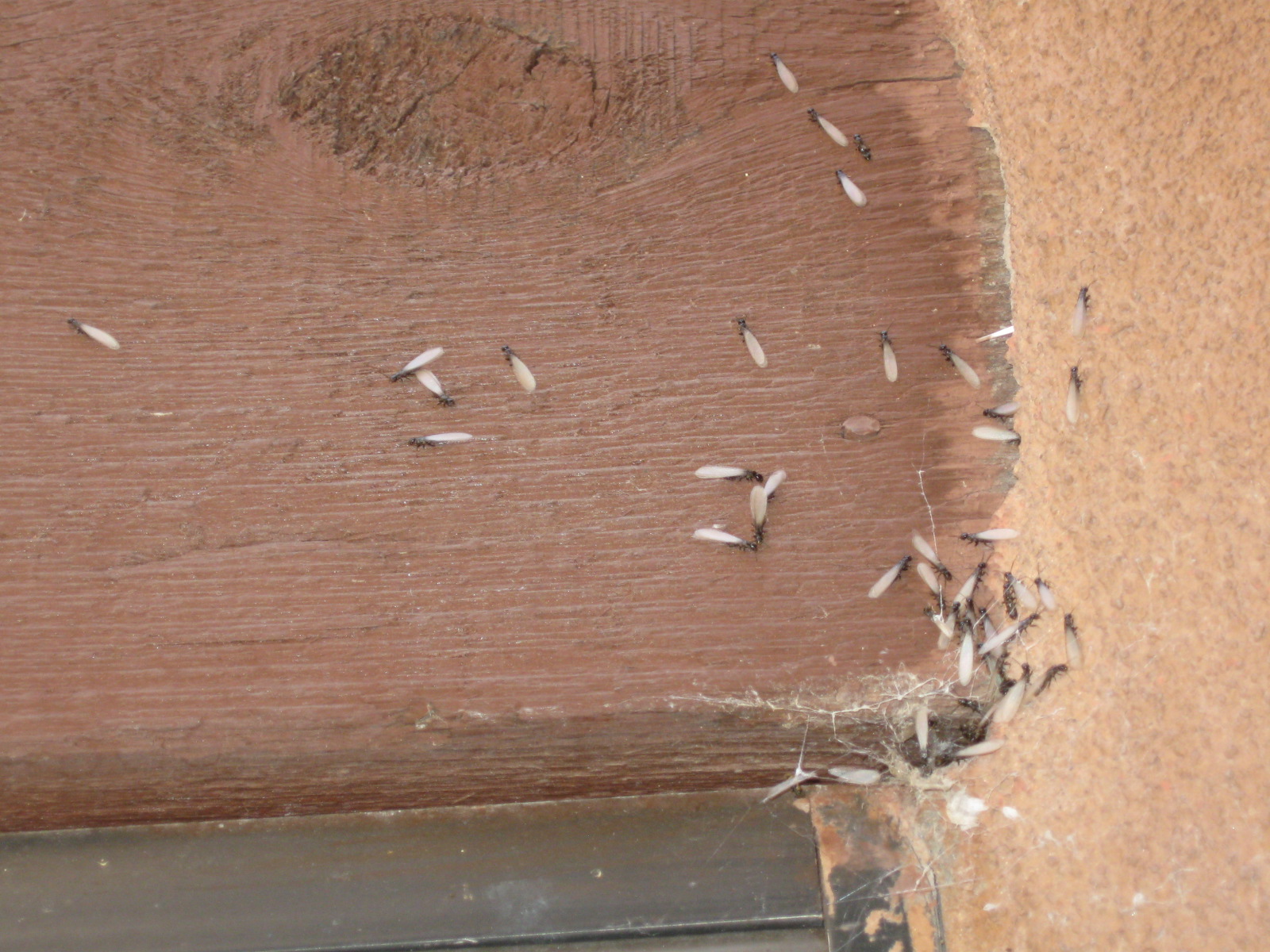Termite infestations can turn any peaceful home into a battleground, leaving homeowners grappling with the best strategy for eradication. Among the myriad treatment options available, two primary methods stand at the forefront: termite tenting and localized treatments.
Each approach carries its own distinct advantages and potential drawbacks, leading to a burning question for many: which method truly reigns supreme? Tenting—an extensive, all-encompassing procedure—offers a thorough confrontation with the problem, enveloping the entire structure in a protective cocoon. In contrast, localized treatments target specific areas, promising precision and reduced disruption.
As we delve into the nuances of these methods, we’ll explore not only their effectiveness but also their costs, convenience, and impact on both the home and its occupants. Join us on this journey as we unravel the complexities of termite treatment, helping you decide which route best suits your needs.
Introduction to Termite Control Methods

Source: acwm.lacounty.gov
Termite control is a critical concern for homeowners, especially in regions where these destructive pests thrive. Understanding the various methods available to combat infestations is essential for effective pest management.
Among the most discussed strategies are termite tenting and localized treatments. Tenting involves encasing an entire structure to exterminate termites using potent fumigants, while localized treatments target specific areas of infestation with a more strategic approach.
Each method has its merits and drawbacks, and homeowners must weigh factors such as the extent of the infestation, the potential disruption to daily life, and the long-term effectiveness of the treatments. By exploring these methods, we can uncover the best solution for safeguarding our homes from these relentless invaders.
What is Termite Tenting

Source: www.hitechtermite.com
Termite tenting, also referred to as fumigation, is a comprehensive approach to eradicating termite infestations that involves enveloping an entire structure in a protective tent and filling it with a specialized gas. This method targets not only visible termites but also their hidden colonies, providing an aggressive and thorough treatment. The process can take several days, during which residents and pets must evacuate, adding a layer of disruption to everyday life.
However, the effectiveness is hard to ignore; many homeowners find that this method offers long-lasting relief, preventing future infestations. While it may be more costly than localized treatments, the peace of mind that comes from knowing that every nook and cranny has been addressed is a significant consideration for those facing a severe termite problem.
What are Localized Treatments?

Source: www.forbes.com
Localized treatments for termite infestations are highly targeted approaches designed to eliminate pests in specific areas of your home, as opposed to the more encompassing method of tenting. These treatments often involve the direct application of insecticides or the use of baiting systems strategically placed around infested wood or structural components.
For instance, if you notice a particularly active section of your baseboards or wooden beams, localized treatments allow for precise intervention that minimizes disruption to your living space. This method not only aims to eradicate the current menace but also mitigates the risk of future infestations by addressing vulnerabilities without over-exposing your home and environment to broad-spectrum chemicals.
Ultimately, localized treatments stand out for their tailored approach, blending efficacy with practicality for homeowners wrestling with termite woes.
Conclusion
In conclusion, choosing between termite tenting and localized treatments ultimately depends on the extent of the infestation, the type of property, and the homeowners preferences. While termite fumigation offers comprehensive eradication for severe infestations, localized treatments may provide a more targeted approach for minor issues, minimizing disruption and cost. Its essential for homeowners to assess their specific circumstances and, if possible, consult with pest control professionals to determine the best solution for their needs.
Ultimately, informed decision-making and proactive measures can significantly enhance the effectiveness of termite control efforts and protect your home from future infestations.












